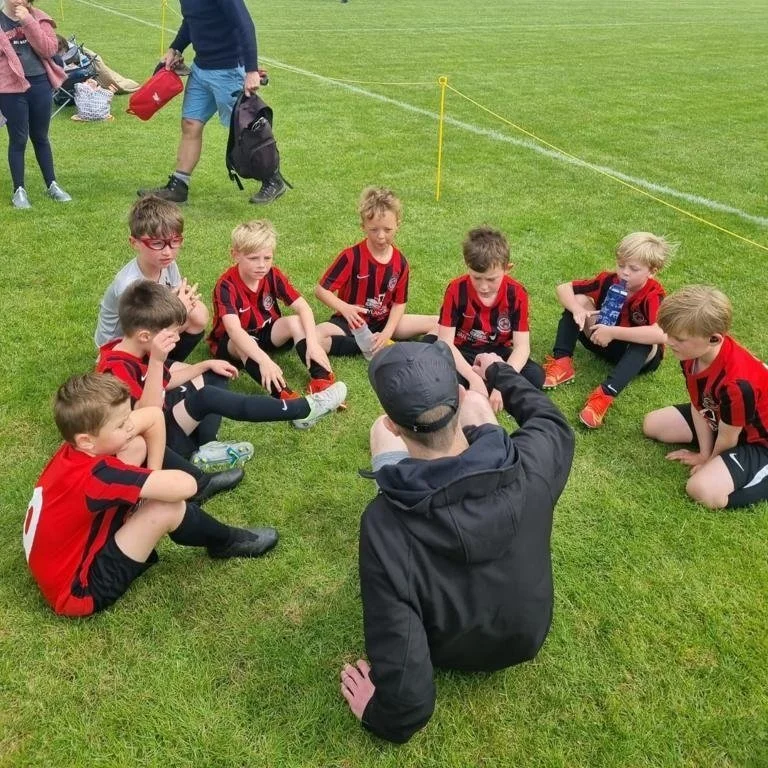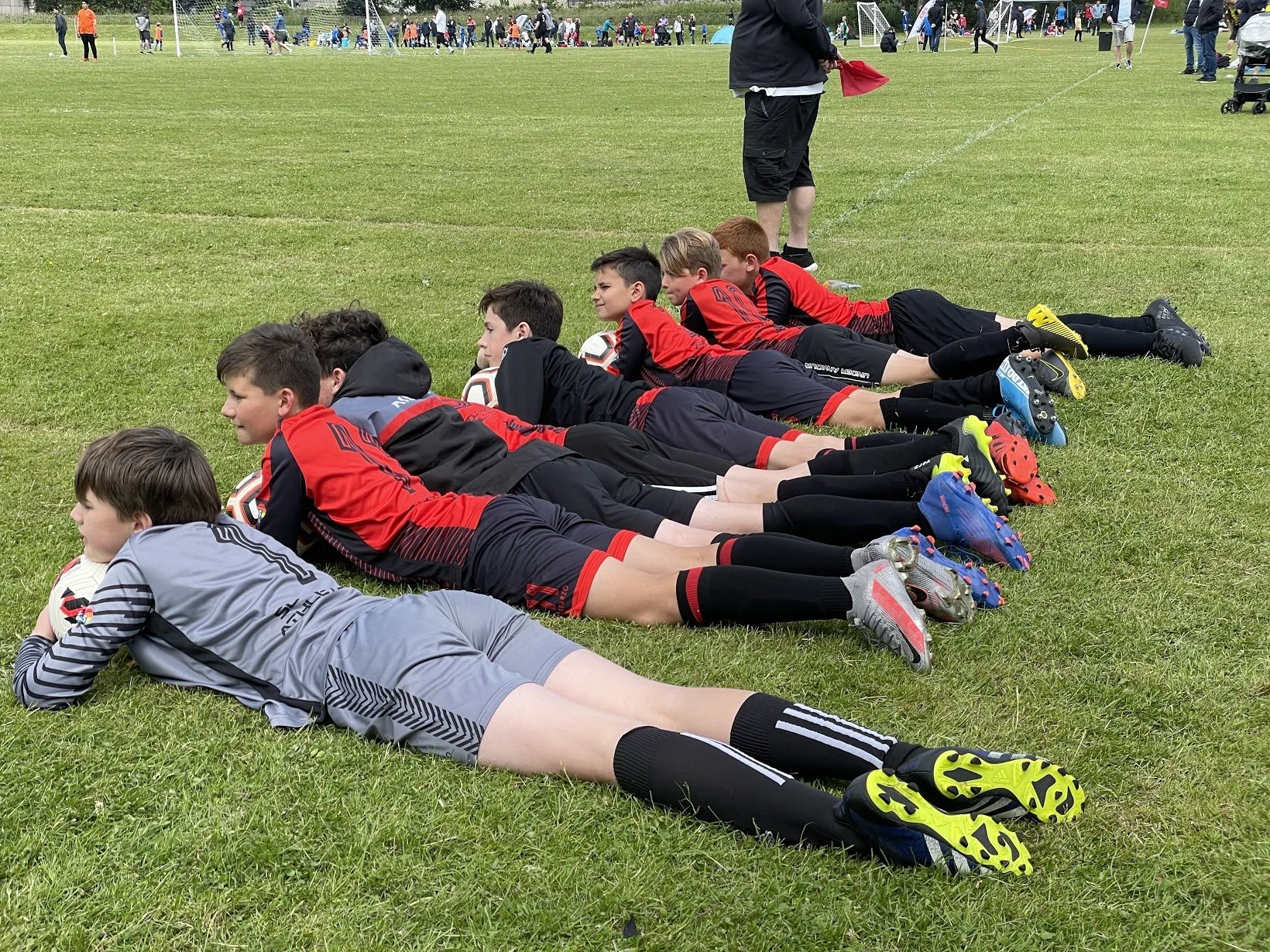Robbo’s Column October 2022
Hi everyone, I hope you are all well and enjoying the start of the new season. Setting challenges for games and training is a great way for coaches to motivate individual players and teams.
Here are my top 10 tips for using individual player and team challenges in training sessions and matches:
1) Get to know your players
How well do you know the players in your team/squad? Do you know who can use their weaker foot? Who is accurate with their short passing, but not with their long passing? Player challenges are most effective when they are designed for individuals, so it is really important to get to know your players better. Start by identifying strengths and areas that are challenging for the players.
2) Stand back and watch
The best way to get to know your players is through observation. Set yourself a challenge to do more watching than talking in your next session or game. By taking a step back it is amazing what different things you will identify when watching the players. Take notes whilst you are watching as this can be the start of creating effective individual challenges.
3) Continue to improve strengths
It is tempting to link all the player challenges to improving weaknesses. Although there are certain fundamentals of the game that all players need to develop, it is also really important to identify what is unique about a player and help them get even better at that part of their game. For example, if you have an excellent dribbler, challenge them to get even better at dribbling with challenges and areas that will make them think. Adding extra objects, players or influences when dribbling can help with the players closer ball control, decision making skills or by them being more aware of who or what is around them.
4) Variety in design
Challenges don’t always have to link to the technical and tactical side of the game. For example: you may have a player who is quiet both on and off the pitch and doesn’t mix with the rest of the group. You may give the player a communication or leadership challenge to boost their confidence. Linked with this you may challenge another player in the squad, somebody with good teamworking skills, to try and integrate the player into the group more.
5) Sessions which challenge the players
Once you have an idea of your player or team challenges, think about how you can design a practice session that allows the players to work on their own individual challenge in a group setting. This is no easy task, but it can be achieved through effective and clever planning. Game-like activities are the best way to approach the task, with effective use of player positions, pitch sizes and formations. This will in turn challenge the players and push them to the next level
6) Time and patience
It is important to give players the time to work at their challenge. For example, a player might work at the same challenge for a six-week block, or even longer. If you change the challenge too often, the player may not have the opportunities to solve the problems that the challenge poses.
7) Matchday challenges
When you are working with younger players, it is crucial that your training sessions link to matchday. Ask the players to continue to work on their challenges during a game and continue to support them. Don’t let the score line detract from what you are trying to achieve with your individual players.
8) Different positions
Experimenting with player positions is a great way to provide different challenges. Think carefully about the challenges different positions afford and then link the position with the individual you are working with. For example: if you want to help a player with their receiving skills and awareness, you may play them in central midfield where there will be a lot of pressure when receiving. Similarly, you play them as a central defender and encourage the goalkeeper to play short to start attacking moves.
9) Different age-groups
Similar to experimenting with different playing positions, playing players in different age-groups can provide great challenges. For example: a player who needs to develop their physical qualities or understanding of when to take lots of touches and when to play quickly, may benefit from playing in an older age group where the time and space will be challenged. What other challenges do different age-groups offer? (Please note that this should only be done for one off or in a couple of games per season).
10) Ask the players for their input
Lastly, don’t forget to ask the players what they think they need to improve or what they would like to work on during training and games. This will help the player take responsibility for their own development and progression.


